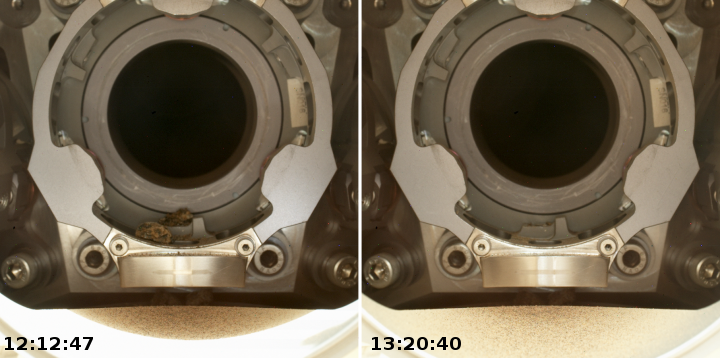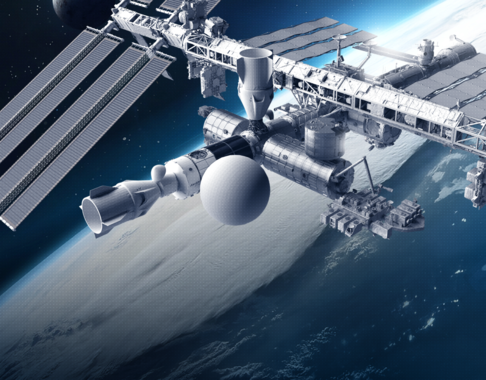Today’s blacklisted American: Christian preschool shuttered by California for not keeping masks on two-year-olds at all times

What California’s petty dictators really want to do with those teachers
and children who don’t do what they order.
Now they’re coming for the children: California health officials, outraged that teachers at Foothills Christian Church Preschool could not keep masks on two- and three-year-olds continuously for nine hours a day, have shut the school down and banned its director, Tiffany McHugh, from ever working with children again.
This bears repeating: These insane health officials demanded that school officials keep the masks on little toddlers at all times, a demand that any normal human knows is impossible. Furthermore, even the slightest amount of research will tell you that there is no reason for the kids to wear masks in the first place, as young kids generally don’t get COVID — just like they don’t get the flu — and if they do it has been shown to be harmless in healthy children.
A closer look at the actions of the health officials reveals what was really going on:
» Read more

What California’s petty dictators really want to do with those teachers
and children who don’t do what they order.
Now they’re coming for the children: California health officials, outraged that teachers at Foothills Christian Church Preschool could not keep masks on two- and three-year-olds continuously for nine hours a day, have shut the school down and banned its director, Tiffany McHugh, from ever working with children again.
This bears repeating: These insane health officials demanded that school officials keep the masks on little toddlers at all times, a demand that any normal human knows is impossible. Furthermore, even the slightest amount of research will tell you that there is no reason for the kids to wear masks in the first place, as young kids generally don’t get COVID — just like they don’t get the flu — and if they do it has been shown to be harmless in healthy children.
A closer look at the actions of the health officials reveals what was really going on:
» Read more



